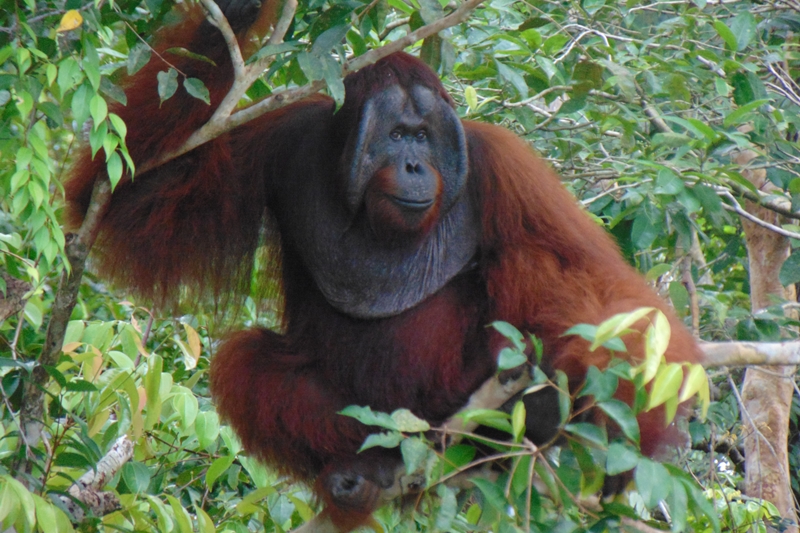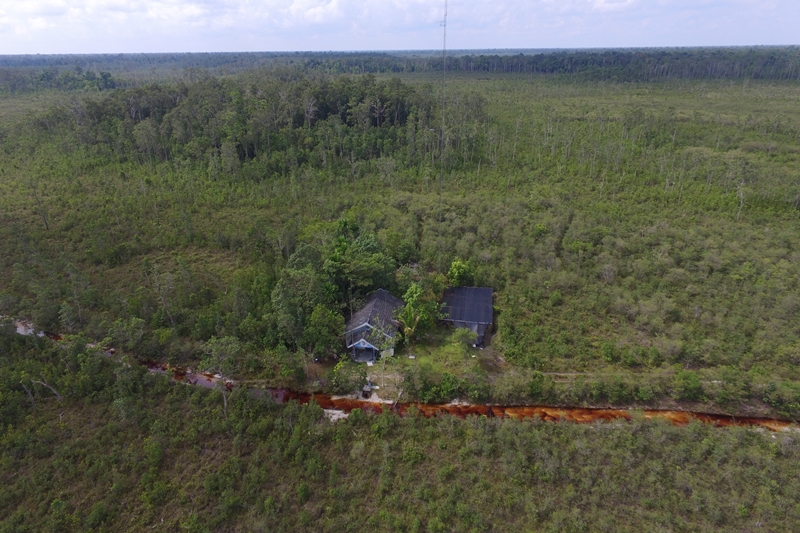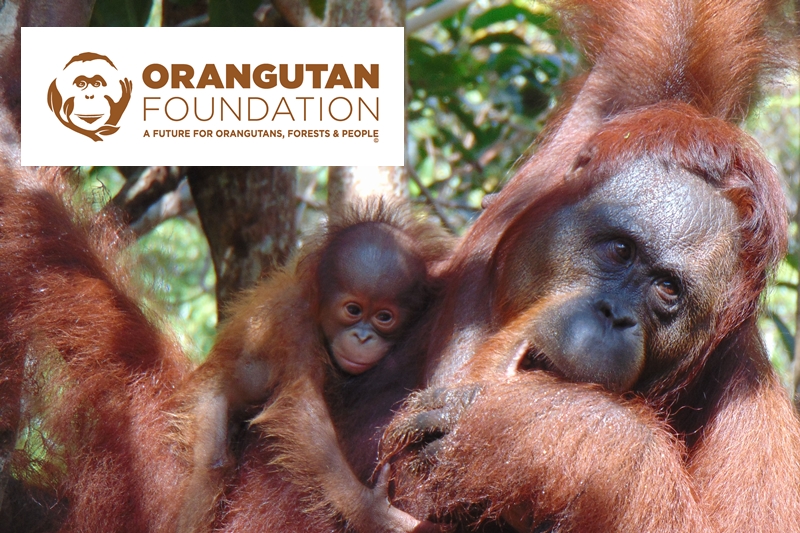
Project: to fund forest restoration in an orangutan conservation area in Indonesian Borneo through nurturing then planting out 12,000 wild seedlings and providing post-planting maintenance to maximise their survival.
2022 Project Partner: The Orangutan Foundation (OF)
Saving orangutans by protecting their tropical forest habitat, working with local communities, and promoting research and education.
Find out more about the Orangutan Foundation. Set up a Fundraising Page.
About the Orangutan Foundation
The Orangutan Foundation is a charity based in the UK established by Ashley Leiman OBE that has been supporting orangutan conservation in Indonesia for more than 30 years. The focus of its work is to protect orangutans and their tropical forest habitats, monitor orangutans that have been released back to the wild, restore destroyed forest habitats, and raise awareness of forest conservation. All their programmes are carried out in collaboration with local stakeholders and the Indonesian Government’s Ministry of Environment and Forestry.
Orangutans
Orangutans are only found in the tropical forests of Sumatra and Borneo. There are three species of Orangutan: two live in Sumatra (Sumatran, Tapanuli), and one in Borneo (Bornean). The conservation status of all three species is categorised as Critically Endangered by the international scientific organisation IUCN. This is a consequence of their dwindling population sizes.
The main threat to orangutans is loss of their forest habitats. This is due to logging, agriculture (including palm oil plantations), encroachment (infrastructure and development) and forest fires. To put this into perspective, between 1990 and 2015, 67.9 million acres of forest were lost in Indonesia, with Central Kalimantan experiencing one of the highest rates of deforestation.
Since 2015 the rate of deforestation in Indonesia has thankfully slowed but the threat of forest fires remains, exacerbated by climate change. In El Nino years (which results in a longer, hotter dry season) fires can burn out of control , particularly in peat forest where fire is very challenging to extinguish. Both 2015 and 2019 saw terrible widespread destruction from forest fires.
Orangutans have the lowest reproductive rate of all terrestrial mammals, with only one infant born about every eight years. Consequently, very small increases of only 1-2% in the rates of mortality – from starvation, disease, hunting, or fires – can lead to the extinction of small orangutan populations.
It is crucial to protect existing orangutan forest habitats and to restore forest habitats that have been destroyed, especially in areas adjacent to existing orangutan populations.
Lamandau Wildlife Reserve
The Lamandau Wildlife Reserve is a conservation area in western Central Kalimantan, Indonesian Borneo, that was established in 1998 from two former logging concessions. It mainly comprises peat swamp forests that store more than 36.5 million tons of carbon. Through their reintroduction programme, the Orangutan Foundation has helped to create and maintain a viable, self-sustaining orangutan population of over 600 individuals in the reserve, as well as increasing the area of prime forest habitat under conservation by 29%.
Forest Restoration Programme
To maintain the long-term viability of the orangutan population in the reserve, it is crucial to restore areas of the reserve where the forest has been destroyed. To help achieve this, the project team will plant out 12,000 wild seedlings in degraded areas covering 10 hectares.
After first collecting the seedlings, they will be maintained in a nursery for about seven months, so they are strong enough to survive when planted out at the beginning of the rainy season. A variety of tree species will be used that can adapt well to these conditions and are known to be orangutan food species.
To maximise the survival rate of seedlings after planting out, four maintenance treatments (including hoeing and weeding) will be carried out at intervals over the subsequent two years. In addition to collaborating with the local conservation agency, the project team will enlist the participation of members of the local community for all the main activities, including seedling collection, soil media preparation, potting, planting out, and maintenance, as well as the initial preparatory phase involving production of two sets of eco-bags for potting the seedlings.
Visit Indonesia through our responsible travel network>>>
Images courtesy of Sheila Silva, Camelia Tasia, OF.
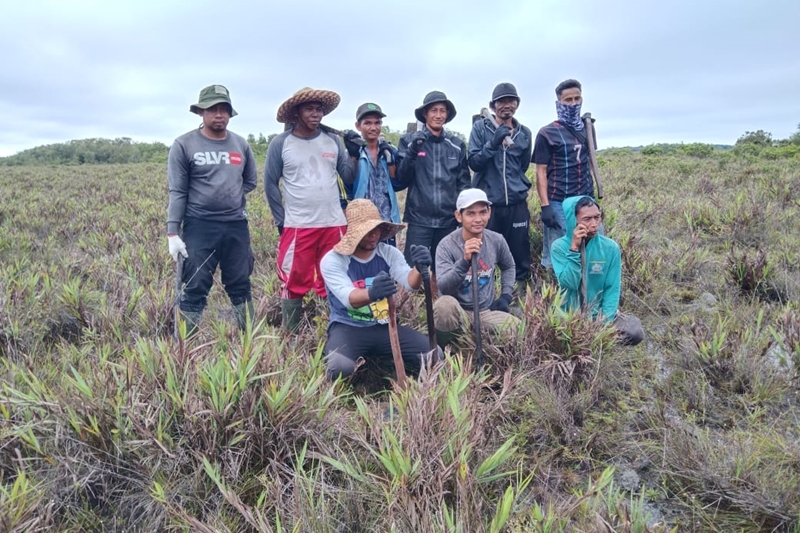


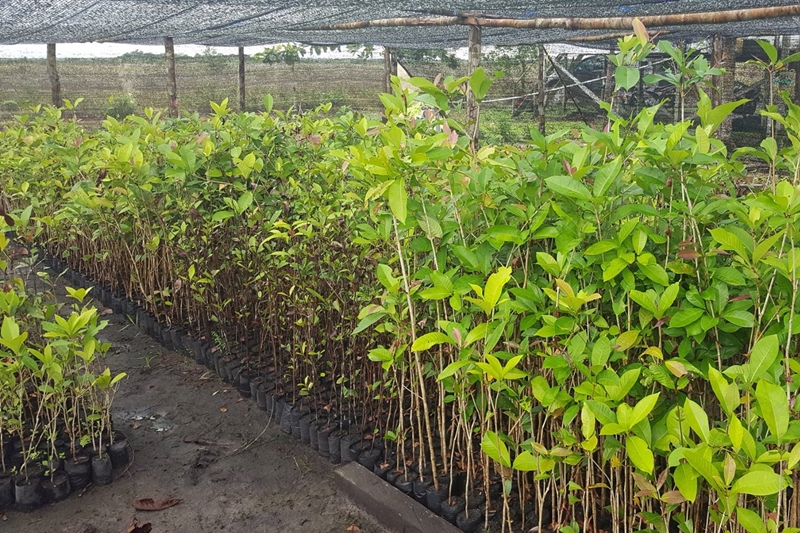
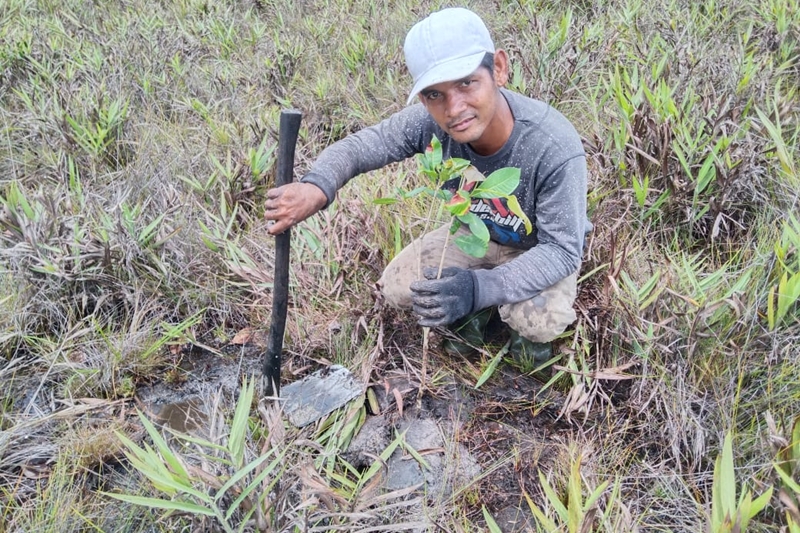
All funds raised during 2022 will contribute to the 2022 Project Fund so please do sign up for a sponsored challenge, support our creative initiatives, or make a donation if you are able to. Every Pound makes a difference. Thank you.

